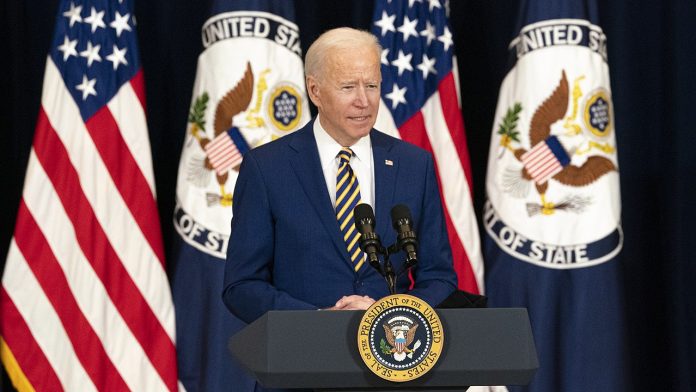President Biden seems comfortable using the executive branch’s power to push his agenda. As of February 2, 2021 (less than two weeks after taking office), he has signed 25 executive orders on issues ranging from environmental policy, racial equality, Covid-19 relief, and reinstating elements of the Affordable Care Act.
While passing an unprecedented amount of executive orders in record time, President Biden also placed a moratorium on all regulations enacted by the Trump administration set to go into effect this year. While freezing laws passed under previous administrations is common, preventing a regulation designed to provide less expensive life-saving drugs has generated widespread criticism.
In August 2020, President Trump passed an executive order requiring federally qualified health centers to provide inexpensive insulin and EpiPens to low-income patients. The order specifically called on the Department of Health and Human Services to guide community health centers to offer these life-saving medications to patients in need.
The order was set to take place on January 22, 2021. However, President Biden’s regulatory freeze pushes back the start date to March 22, and possibly later.
An understandably frustrated public has likened the Biden administration’s actions to “deliberately causing insulin prices to go up.” Physician and U.S. Representative Andy Harris (R-MD) writes, “This action by the incoming Biden Administration proves that they support large corporate interests over my hard-working constituents.”
Some have come to President Biden’s defense. Noting that only about 9 percent of U.S. patients frequent community health centers where they commonly received heavy discounts on prescription drugs, President and CEO of the National Association of Community Health Centers Tom Van Coverden said in a statement, “health centers, bipartisan members of Congress, and leaders within the Department of Health and Human Services (HHS) have indicated that this rule will do more harm than good.”
But what are the current administration’s plans to address the high price of insulin? As one Forbes article notes, “less than you might think, at least initially.”
Hoping to fulfill his campaign promise to “protect and build on Obamacare,” President Biden’s primary focus is to reinstate legislation implemented through the ACA but removed under the Trump administration. If successful, the president will then likely turn his attention to drug pricing policy.
But doing “less” could be the best thing President Biden could do to lower insulin and other drug prices. History is clearly not on his side.
Political promises to lower drug prices date back to the Clinton administration. However, drug prices have increased steadily since at least 2001 despite countless policies and regulations enacted to lower them. Insulin prices have followed a similar trend.
Each administration since then has vowed to lower prescription drug costs. None have succeeded.
State-government level efforts to slash insulin prices have also fared poorly. In 2019, Colorado became the first state to cap insulin co-pays at $100 a month. The legislation required health insurance providers, rather than patients, to cover additional prescription costs. However, a 2020 opinion poll conducted eleven months after the legislation took place found that nearly 40 percent of Coloradoan diabetics who responded to the survey were still forced to “dangerous ration” their insulin for financial reasons.
These widespread and bi-partisan failures are not surprising. More government oversight and regulation into the prescription drug market raises the cost of producing drugs. These costs make drugs more expensive and prevent competitors from competing away profits. Both leave patients worse off.
As I have noted previously, the most successful examples of patients receiving inexpensive EpiPens and insulin in the United States come from competition for profits, not from regulation.
When EpiPen’s price rose to over $300 a pen in 2015, pharmacies began ordering Adrenaclick, a similar treatment selling for about $10. Facing declining market share, EpiPen was forced to lower its price to about $70. Similarly, Walmart pharmacies often provide insulin named Relion for $25 a vail to patients to compete with more modern (and much more expensive) insulins.
High insulin prices were one of the most contentious topics in the 2020 election, and President Biden will eventually face political pressure to do something about them. Let’s hope that time comes later rather than sooner.
